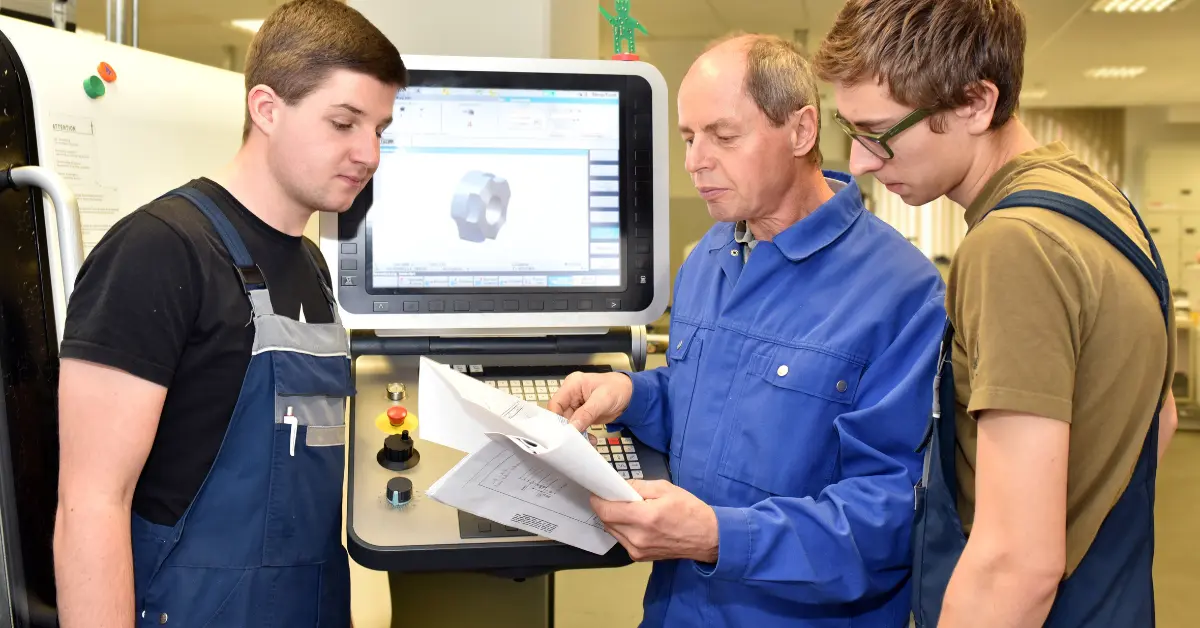The Exact Science of ERP Replenishment
The occurrence of an ERP implementation is a good time to think hard about your distribution ERP replenishment strategy, and to make sure your ERP software selection supports your strategy, or - using a lower bar – at least doesn’t work in opposition to it. For people outside supply chain and distribution, the replenishment process can appear to be pretty simple: some goes out, some comes in – not a whole lot more complex than keeping your kitchen pantry stocked with coffee, flour, and sugar.
The occurrence of an ERP implementation is a good time to think hard about your distribution ERP replenishment strategy
What people outside the process rarely appreciate is how much financial impact distribution’s replenishment strategy has on an organization’s working capital and obsolescence cost. There is an unavoidable tradeoff between inventory investment and customer service levels (the more inventory your keep on hand, the quicker and more completely you are able to fulfill customer demand). The trick is to find the tradeoff point which is both appropriate for your customers’ expectations, and affordable to your organization. This determines the working capital component of replenishment. The cost of obsolescence requires that you have a process that at least considers product life cycle in distribution ERP replenishment planning. Otherwise, you will eventually end up with a warehouse full of the product’s previous model, which lacks the key feature that is making the current model’s sales go through the roof.
A Science Unto Itself
Once the financial objectives are determined, the math strategy for executing them can be a complicated choice as well. You can have a simple time-based strategy that says “I want twenty-one days of inventory on hand for every sku, based on historical customer demand.” You can divide your skus into long, medium, and short lead time categories, and plan replenishment based on the mathematical probability of a stock out. You can incorporate lean principals into the calculation, and use customer demand to pull inventory through the system. You might set up a series of minimums and maximums that act as traffic lights to your planning process, automatically signaling “too low”, “too high”, or “within expectations” in real time. The point is, all of the math strategies have subsequent implications to the overall inventory level (working capital), the cost of obsolescence, and it also can impact how manufacturing runs. An ERP replenishment process that is very sensitive to changes in customer demand (such as would be the case if inventories were kept lower than customer expectations required) will result in a very nervous demand to manufacturing of more frequent, small runs, and more changes. If these things cost additional money, then cost of goods sold may rise.
ERP replenishment is a science unto itself, and when it is time to examine it, qualified help – supply chain professionals from within your organization, or consultants from the outside – should be used to help arrive at the right answer. Without that, you run the risk of implementing an ERP replenishment system that results in higher working capital, higher obsolescence cost, higher manufacturing costs, with no one knowing exactly why that is happening.
Free white paper

Warehouse Management Systems 8 Steps to Success

Featured white papers
-

Manufacturing ERP: 10 steps to success
Complete step-by-step guide to manufacturing ERP software
Download -

ERP Implementation: 9 steps to success
The 9 proven steps you should follow when implementing ERP
Download -

ERP Implementation Checklist
Over 120 actionable steps to implementing a new ERP successfully
Download
Related articles
-

4 training tips for manufacturing ERP success
These four training tips will help your employees get the most out of your new manufacturing ERP ...
-

CMMC Compliance: What Aerospace and Defense Manufacturers Need to Know
Key insights on CMMC compliance, deadlines, and securing DoD contracts with CMMC 2.0 certificatio...
-

ERP for make-to-order manufacturing
How can ERP help your make-to-order manufacturing business thrive?

